Sometimes you wake up in the morning with a fully formed plan of what you want to do that day, but with no real idea why. On Wednesday it was Mackerel fishing that had captured our imaginations so we quickly executed a search around the house for any rods. Finding none we improvised with some crabbing gear attached to an old buoy and in no time at all were attempting to cast off. I say attempting because for the first time since our arrival the wind was noticeably stronger, a mere hint at what was to come. The result was that every throw of the line tangled the hooks and dropped them at a distance just far enough out to allow them to catch nothing but seaweed. Being of a somewhat impatient nature I soon grew bored when it became apparent that Mackerel was unlikely to be on that evenings menu. Instead I turned my attention to the six Black Guillemots which had slowly been working their way towards us.
These striking black and white birds are a regular fixture along our beach and have been known to nest in the cliffs that border it. They do tend to be quite timid but this bunch seemed to be more interested in their internal squabbling than the human hunkered down amongst the rock pools. Suitably sheltered from the wind I was able to hear them calling to each other with what I can only describe as high pitched squeaks, an experience which was definitely a first for me. Eventually the currents took them away and I returned to Emma who had been diligently fishing away. The final tally – a big fat zero. I wonder if the boats further out on Loch Tuath were having any better luck?
Speaking of rock pools I gave them all a detailed examination following our success with anemones in Dorset. What I found was an absolute wealth of colour, much of it from creatures and seaweeds that I have yet to identify. I did however recognise a sizeable colony of Beadlet Anemone’s, along with several large Shanies who sadly made a beeline for the nearest available crevice before I could release my camera from its bag (there’s a lesson about always being prepared there that I have yet to learn!).
By now the wind had really started to pick up and was beginning to approach force six or seven. Normally this wouldn’t have posed a serious problem for our walk back to the house, but some bright spark (naming no names David) had told us about a large buoy on the beach that they thought would make an excellent planter for our garden. As I look out of the window I can see that they were spot on in their thinking, but let me tell you now that dragging a 400 litre buoy a mile inland over an elevation rise of 130 meters and into the teeth of almost gale force winds is no easy task. We somehow managed it and spent the next few hours chilling with a good book (a rest at last). This allowed us to keep an eye on the feeder and I was surprised to note that our pair of Yellowhammers had now grown to be a group consisting of two males and three females. One of the males even posed for me in the lee of the wind that our few trees were providing.
The Chaffinches, Meadow Pipits, Pied Wagtails, Great Tits and a still singing Willow Warbler were also present, as was the Snipe judging by the snatches of call that we could hear over the wind howling through cracks around the door. As the afternoon started to turn into evening a new visitor turned up under the feeder in the shape of a Rock Dove. These birds are the ancestors of the Feral Pigeons that we all know and love, but it is only in isolated areas of Scotland and on its islands that you can now see something approaching a pure Rock Dove.
Spilt seed was clearly the big attraction as it set about gobbling up everything in sight, but it was very wary which presented me with a problem photographically. I’d already tried unsuccessfully shooting through the windows when I remembered the fold out LCD that my new camera comes equipped with. This allowed me to open the door and hold the camera out at arms length whilst remaining unseen, the results of which can be seen above. This technique didn’t however protect me from the bitingly cold wind which almost instantly froze my hands.
Having taken its fill the Rock Dove shot off and that was that. Or so we thought. Clearly our hospitality had so impressed the bird that it had gone off to tell it’s mates as five minutes later I looked up to find five Rock Doves where once there had been none.
This was bettered moments later when a sixth individual joined the fold.
As with the Grey Heron earlier in the week I am pretty sure this is the first time anyone has seen Rock Doves that close to the house, and it was a situation that was to be repeated every evening for the rest of the holiday. It just goes to show that you never known what the simple act of putting out a bird feeder will attract.
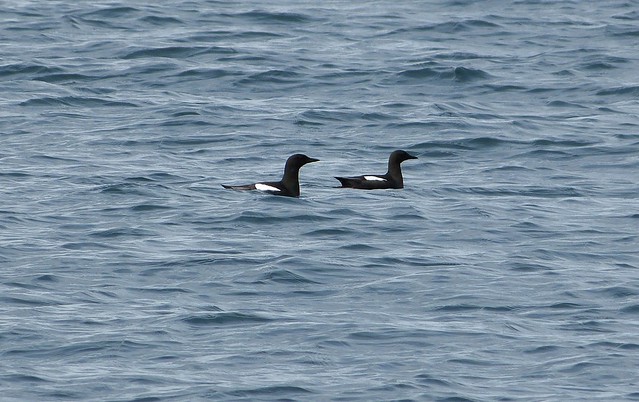
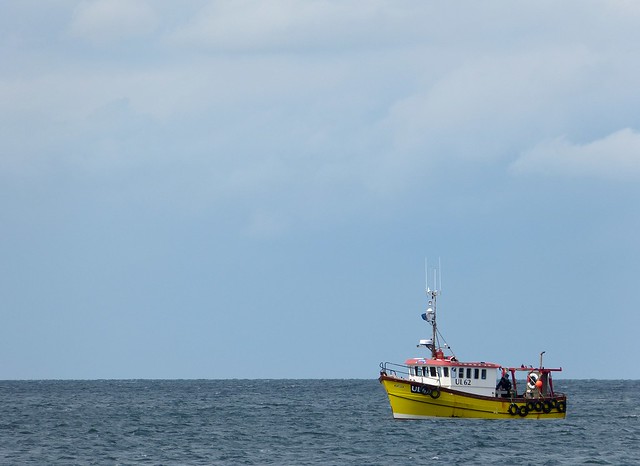
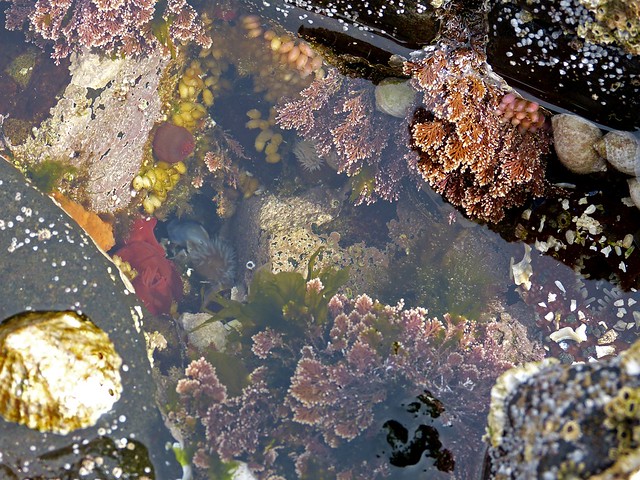
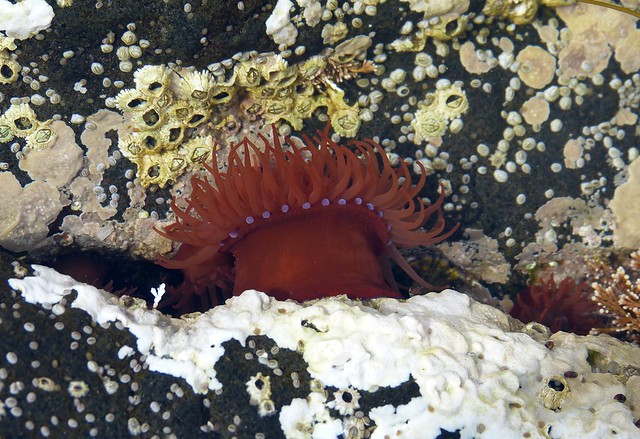
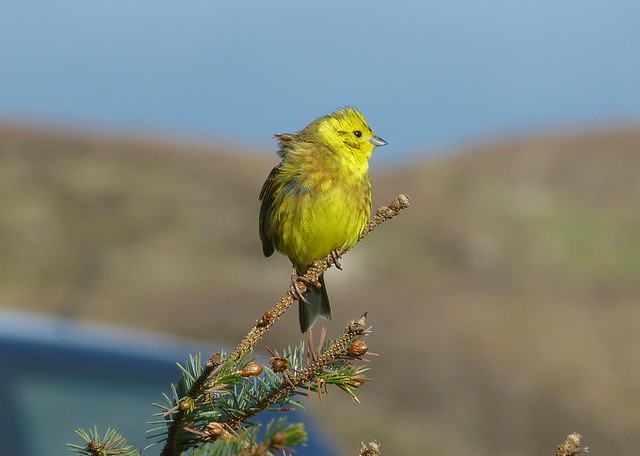

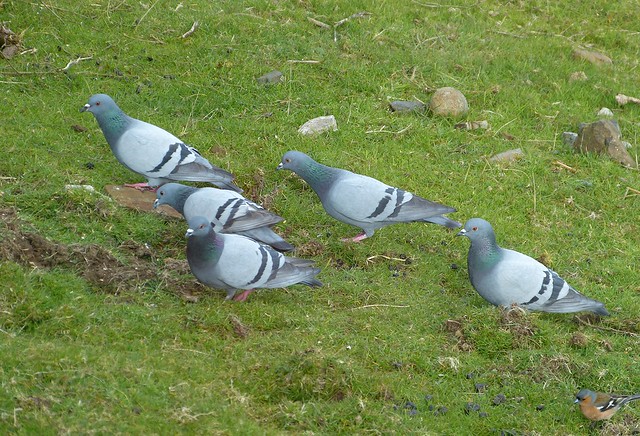
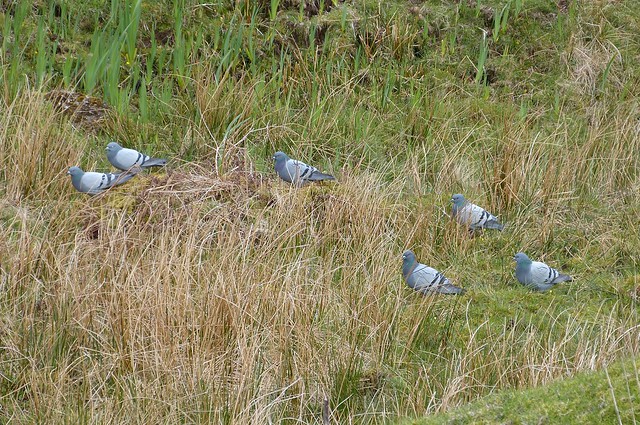



0 Comments